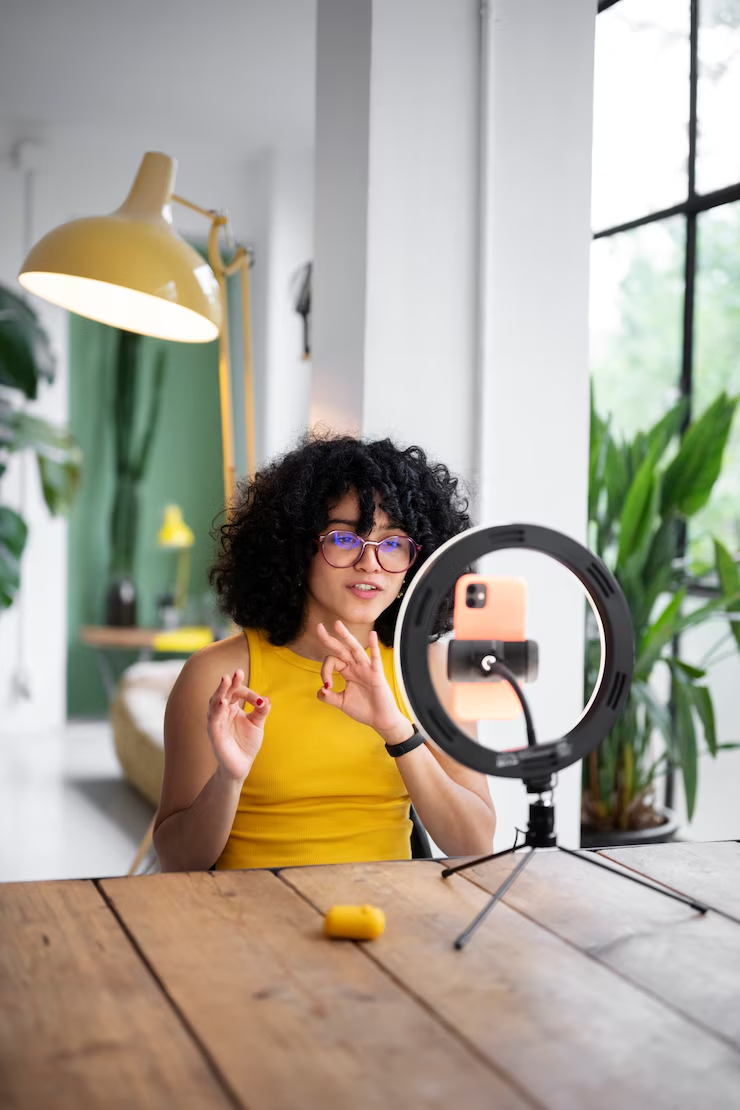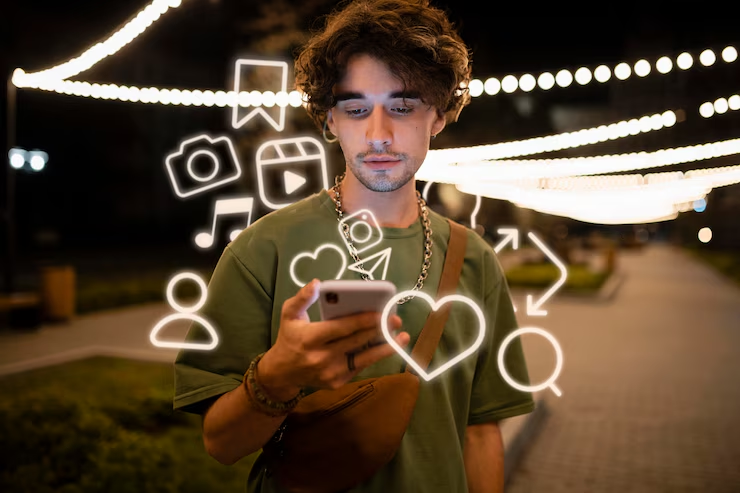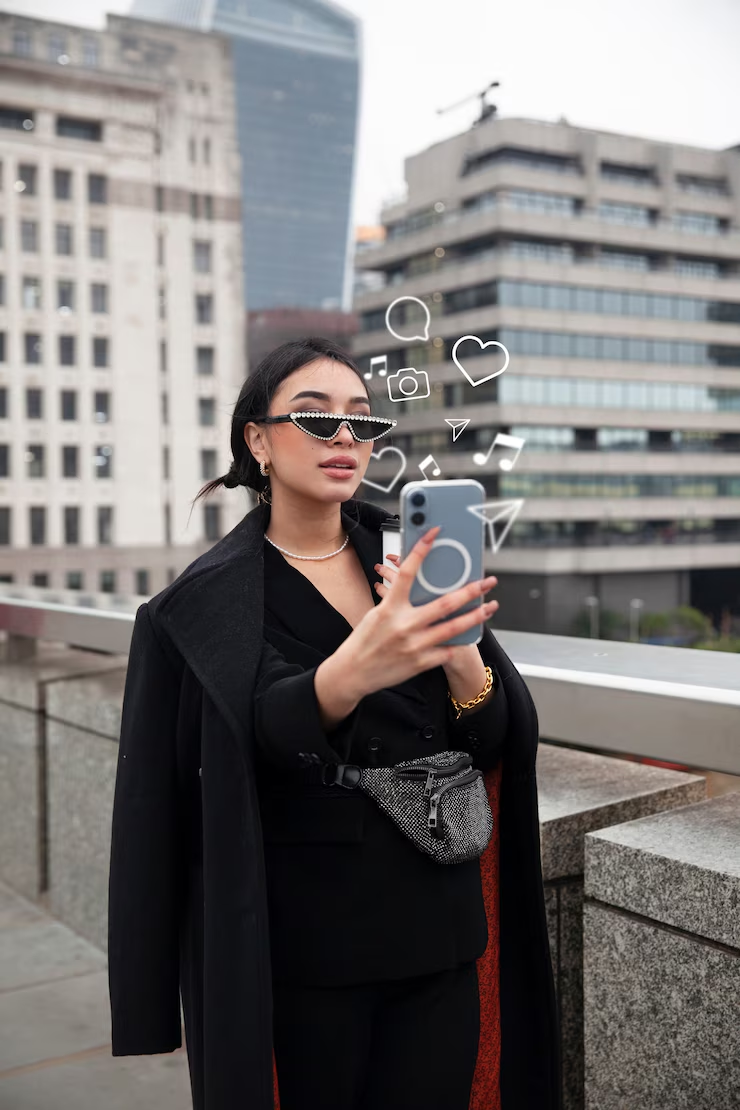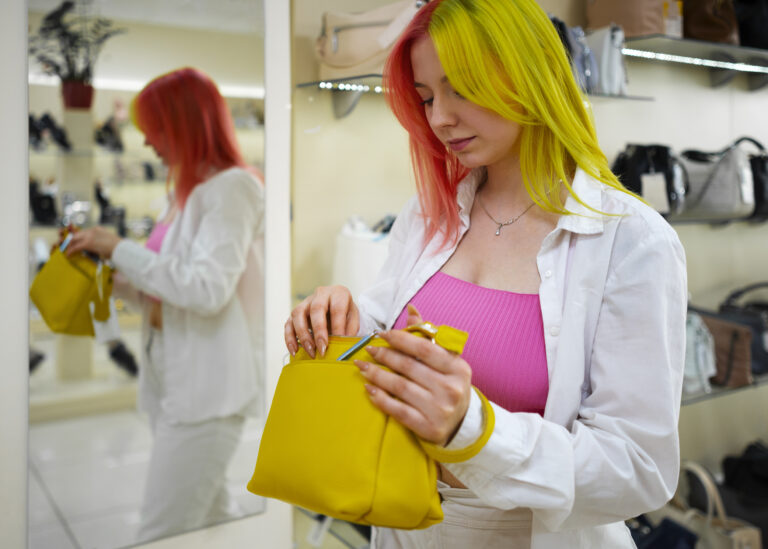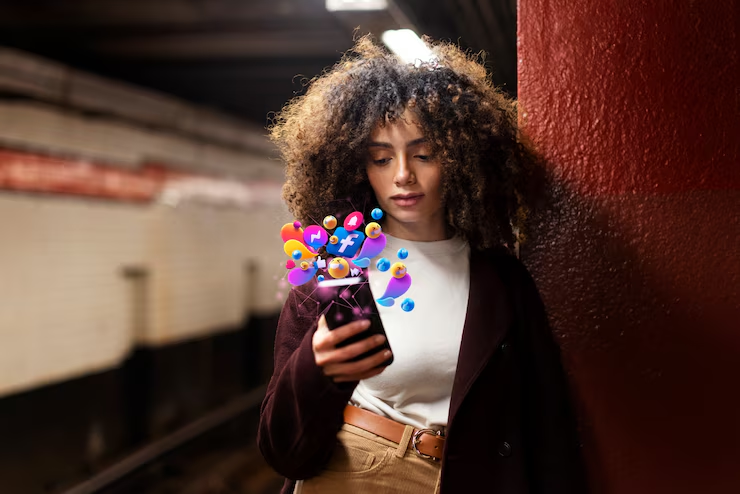Influencersgoneqild: What Happens When Influence Loses Its Center
Introduction
Influencersgoneqild isn’t just about attention-seeking behavior, it’s a signal. A sign that digital influence, once rooted in connection and creativity, is drifting into performance, provocation, and burnout.
This article explores what happens when creators stretch their brands too far, the consequences they face, and how audiences, brands, and platforms can help shift the culture toward balance.
Behind the Trend—What Is influencersgoneqild?
At face value, influencersgoneqild may seem like clickbait chaos. But dig deeper, and it reveals a strategic, emotionally complex dynamic.
The Making of the “Qild” Persona
The term refers to:
- Deliberate over-sharing or provocation
- Risky, dramatic content meant to go viral
- Exploiting outrage or emotional vulnerability
- Pushing personal identity into public spectacle
And the “q” in qild? It’s not a typo, it signals how this isn’t random wildness. It’s carefully crafted chaos.
Why Are More Creators Going Qild?
Platform Pressure
Algorithms reward engagement, not truth. Creators are trained to game the system, often at their own emotional expense.
- More extreme = more attention
- Controversy = clicks
- Constant output = relevance
Burnout Disguised as Hustle
Many creators don’t intend to go “qild.” It’s the result of:
- Exhaustion
- Audience pressure
- Fear of losing visibility
- Lack of boundaries between self and brand
One viral moment turns into a spiral: the only way to keep growing is to go louder.
The Hidden Costs of “Qild” Influence
Creators
Creators who push too far face:
- Mental health issues (burnout, anxiety, depression)
- Isolation from peers or fans
- Public backlash or cancellation
- Inability to unplug without losing income
Many creators say they feel trapped by the very platforms that made them successful.
Audiences
Audiences often:
- Internalize toxic behaviors or unrealistic expectations
- Feel desensitized to shock or sincerity
- Experience parasocial fatigue confusion between entertainment and empathy
Teens and young adults are especially vulnerable, often idealizing or imitating what they see without context.
Examples of influencersgoneqild in Action
Micro-Influencers, Macro Chaos
In 2025, a noticeable rise in smaller creators broadcasting raw emotional moments during livestreams sparked widespread ethical debate. While some were genuine, others were performance-driven—fueled by monetization through subscriber sympathy.
The Rise of Disordered Content
“RecoveryTok” began as a support community for eating disorders, but mutated into trend cycles glamorizing sickness. Hashtags like #Edtwt or #BodyCheck spiraled into coded harm under the pretense of wellness.
Manufactured Conflicts
Some creators stage “breakups,” feuds, or fake cancellations for attention. Audiences become emotionally invested only to realize it was all part of the content calendar.
How Brands and Platforms Are Reacting
Brands Seek Safer Collaborations
More brands are:
- Avoiding creators who stir up consistent controversy
- Hiring in-house cultural analysts to evaluate influencer partnerships
- Creating wellness-first campaigns that reward slow growth and transparency
Platforms Introduce Quiet Reforms
While algorithms still lean into high-engagement content, platforms are:
- Promoting digital literacy
- Suppressing harmful hashtags
- Partnering with mental health orgs (like TikTok’s “Wellness Hub”)
But critics say it’s still reactive not preventive.
Building a Healthier Influence Culture
What Creators Can Do
- Set internal metrics beyond views or follows
- Create off-platform support systems (friends, therapists, fellow creators)
- Share intentionally not impulsively
- Know when to take breaks, and take them unapologetically
What Audiences Can Practice
- Curate your feed like it’s your mental space
- Don’t reward trauma-bait or shock with shares
- Engage with creators who inform, inspire, and uplift quietly or boldly
What Brands Must Lead
- Invest in longevity over virality
- Educate internal teams on mental wellness in influencer work
- Support diverse, responsible content—and speak up when it’s co-opted
Conclusion
influencersgoneqild is not just about creators losing control, it’s about a system that asks them to. But there is a growing desire for something different: content with depth, creators with boundaries, and audiences who reward more than spectacle.
This shift won’t happen overnight, but it is already happening.
If you’re a creator: You don’t have to break down to break through.
If you’re a brand: Choose creators who reflect your values not just your metrics.
If you’re a viewer: Remember that behind every post is a person not a performance.
Let’s move toward a digital world where influence means integrity, not intensity.


